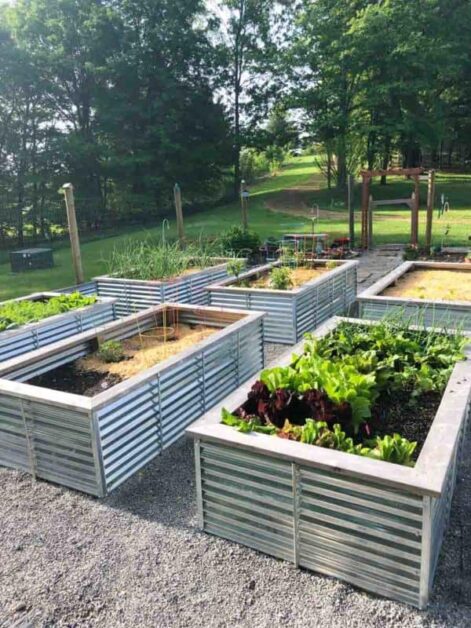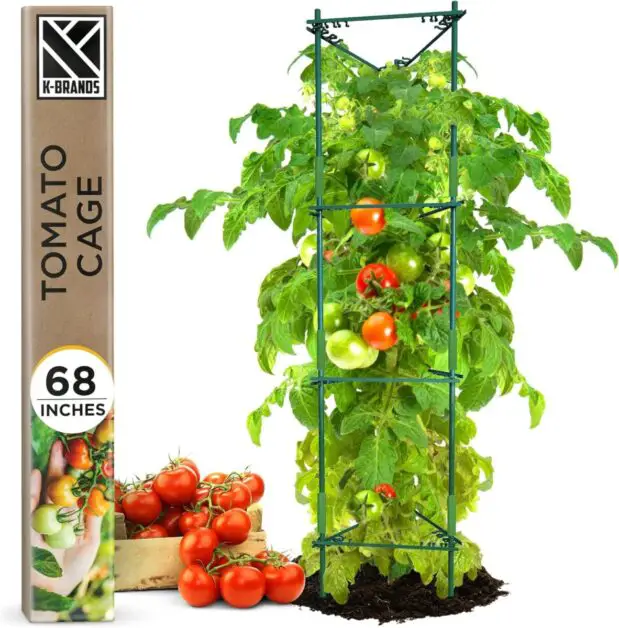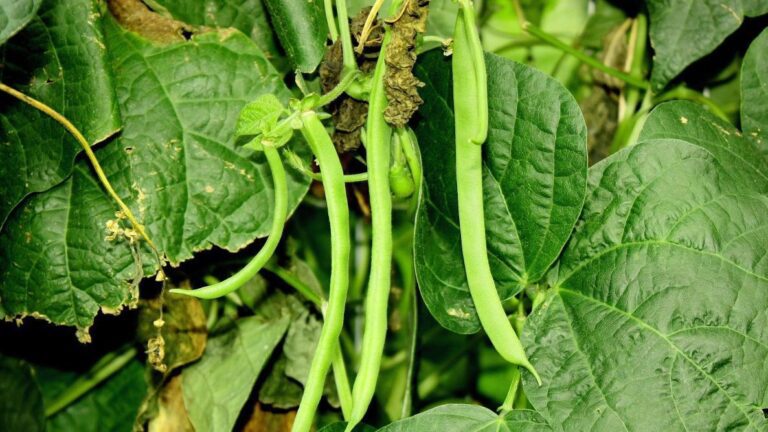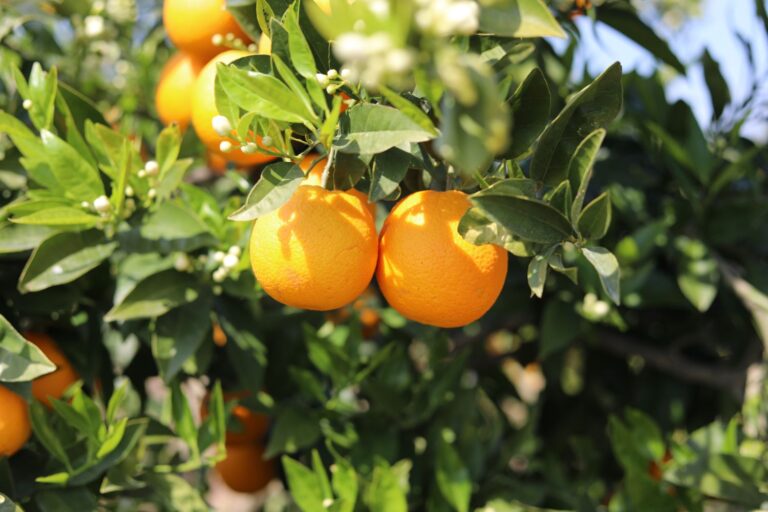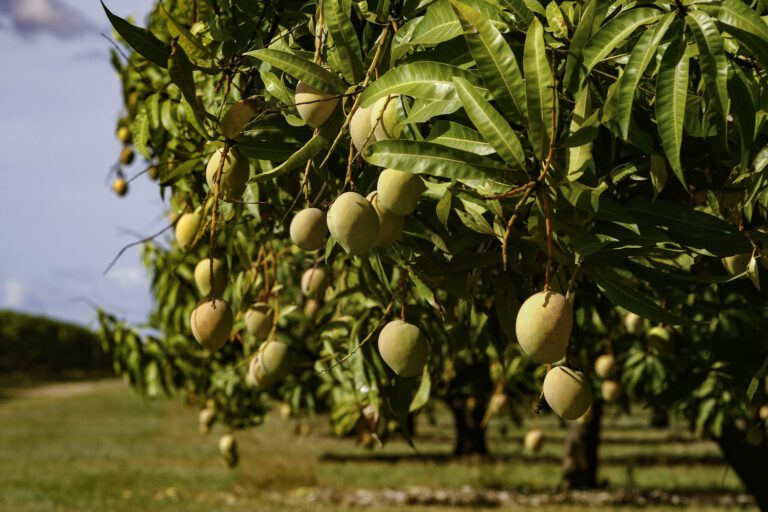Galvanized Steel Garden Beds: Are They Really Safe?
Did you know that galvanized steel garden beds are becoming a hot trend among urban gardeners? But are they really safe for your plants and veggies? With concerns about zinc leaching and soil contamination, it’s crucial to dig into the facts. Galvanized steel offers durability and a sleek look, but does it compromise the health of your garden?
In this post, we’ll explore the latest research and expert opinions on the safety of using galvanized steel for gardening. By the end, you’ll have a clear understanding of whether this popular choice is right for you and your green thumb. Let’s dive in and find out the real story behind galvanized steel garden beds.
Table of Contents
Benefits of Using Galvanized Steel Garden Beds
Galvanized steel garden beds offer a multitude of benefits for gardening enthusiasts.

The galvanization process provides a protective zinc coating, making the beds highly resistant to rust, corrosion, and weathering.
Ensures longevity, even when exposed to harsh outdoor elements.
Provides a stable and sturdy structure capable of withstanding the weight of soil, plants, and heavy rainfall.
Ideal for growing large or root-heavy plants without concerns of bed deformity or collapse.
Helps prevent soil compaction, promoting better root aeration and healthy plant growth.
Unlike wooden beds, galvanized steel does not require frequent staining or sealing to maintain structural integrity.
Easy to clean – simply hose down to remove dirt or debris.
Allows gardeners to focus on plant care without constant upkeep.
Overall, galvanized steel garden beds provide a reliable and convenient solution for gardening enthusiasts who value durability, strength, and low maintenance in their gardening endeavors.
I recently used the Land Guard Galvanized Planter for my vegetable garden, and it has been fantastic. The assembly was straightforward, and the sturdy galvanized steel ensures it will last for many seasons. The spacious design allowed me to plant a variety of vegetables, and the excellent drainage has kept my plants healthy and thriving. It looks great in my garden, giving it a clean, modern touch. While it’s a bit heavy when filled, I appreciate its durability and the ample growing space it provides. Overall, I’m very satisfied with this planter and highly recommend it to fellow gardeners.
- Durable Material: Made from galvanized steel, this planter is rust-resistant and built to last, even in harsh weather conditions.
- Spacious Design: With its ample size, it provides plenty of space for growing a variety of vegetables, fruits, and flowers.
- Easy Assembly: Comes with clear instructions and all necessary hardware, making it straightforward to assemble.
- Good Drainage: Elevated design ensures excellent drainage, preventing waterlogging and promoting healthier plant growth.
- Aesthetic Appeal: Its sleek, modern look enhances the visual appeal of any garden or backyard space.
- Sharp Edges: Some users have noted that the edges can be sharp, requiring careful handling during assembly.
- Potential for Warping: Over time, there may be some warping if not properly maintained, especially in extreme weather conditions.
- Weight: Once filled with soil, the planter can be quite heavy and difficult to move.
- Price: It is relatively more expensive than plastic or wooden alternatives.
- Limited Color Options: The galvanized steel look may not suit all aesthetic preferences.
Potential Health Risks Associated with Galvanized Steel
Galvanized steel garden beds have gained popularity in recent years due to their durability and resistance to corrosion. However, it is important to be aware of the potential health risks associated with the use of galvanized steel in gardening.
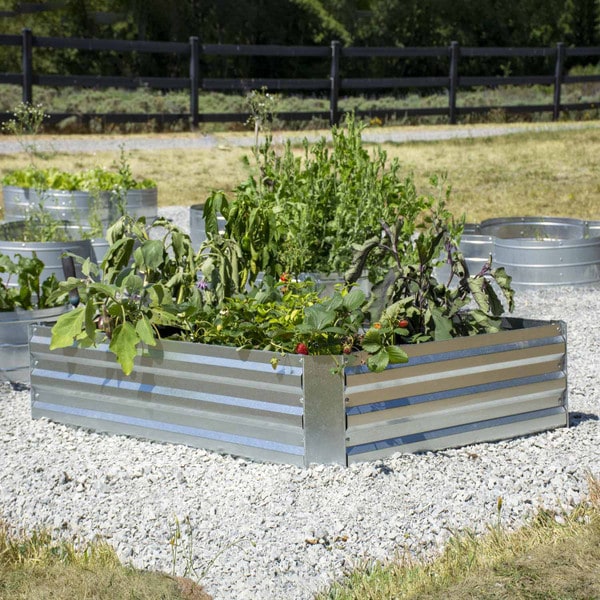
Zinc Leaching
- Issue: Zinc in galvanized steel can leach into the soil when exposed to moisture.
- Impact on Plants: High soil zinc levels inhibit the uptake of essential nutrients, causing deficiencies and stunted growth.
- Health Risks: Excessive zinc intake from crops can lead to nausea, vomiting, and gastrointestinal issues in humans.
Lead Contamination
- Issue: Galvanized steel can contain traces of lead.
- Impact on Soil: Lead can leach into the soil over time.
- Health Risks: Lead accumulation in plants poses serious health risks, including neurological damage and developmental issues in children.
Recommendations
- Monitor Soil Levels: Regularly check soil zinc and lead levels.
- Soil Management: Implement proper soil management practices to prevent contaminant buildup.
- Consider Alternatives: Use alternative materials for garden beds, particularly for growing edible crops or if you have health concerns.
Understanding the Galvanization Process
Galvanization is a process that involves coating steel with a protective layer of zinc, which helps to prevent rust and corrosion.
- Cleaning: The steel surface is thoroughly cleaned to remove impurities and contaminants.
- Immersion in Molten Zinc: The steel is immersed in a bath of molten zinc at around 450 degrees Celsius. During this process, a metallurgical bond forms between the steel and the zinc.
- Zinc Coating: The zinc coating acts as a protective barrier, shielding the steel from moisture, oxygen, and other corrosive elements. The thickness of the zinc layer can vary based on immersion duration and desired protection level.
- Corrosion Resistance: Galvanized steel exhibits excellent corrosion resistance, making it suitable for outdoor use. It withstands harsh weather conditions and remains intact for many years.
- Strength and Durability: The galvanization process enhances the overall strength and durability of the steel, ensuring stability for garden beds.
- Non-Toxic: The zinc coating is safe for gardening, as it does not leach harmful substances into the soil.
By understanding the galvanization process, gardeners can confidently choose galvanized steel garden beds, knowing that they are investing in a long-lasting and reliable solution for their gardening needs.
| Understanding the Galvanization Process | Key Steps |
|---|---|
| 1. Surface Preparation | – Cleaning: The metal surface is cleaned to remove any contaminants like rust, oil, or dirt. |
| – Pickling: The metal may undergo pickling, using acid to remove oxides and scale from the surface. | |
| 2. Fluxing | – The cleaned metal is dipped in a flux solution to prevent oxidation before galvanizing. |
| 3. Galvanizing Bath | – The metal is immersed in a bath of molten zinc, typically at temperatures around 840°F (449°C). |
| – The zinc bonds to the metal, creating a metallurgical bond that forms a protective layer. | |
| 4. Quenching | – After galvanizing, the metal is quenched in water or a special quenching solution to cool it down. |
| 5. Inspection and Testing | – The galvanized product undergoes visual inspection and may be subjected to various tests for quality. |
| – Thickness, adherence, and overall coating quality are assessed to ensure it meets standards. | |
| 6. Application | – Galvanized steel or iron is widely used in construction, outdoor structures, and various industries. |
| – It is valued for its corrosion resistance, durability, and low maintenance requirements. |
Common Uses of Galvanized Steel in Gardening
Galvanized steel is a versatile material that finds various uses in gardening.

- Raised Garden Beds
- Galvanized coating enhances durability and protects against corrosion from soil and water exposure.
- Longer lifespan reduces the need for frequent replacements, saving time and money.
- Sleek and modern appearance adds aesthetic appeal to any garden.
- Trellises
- Provide sturdy support for climbing plants, optimizing space utilization.
- Galvanized steel framework ensures structures can withstand weight and elements like wind and rain.
- Fences
- Strong and durable barrier for protecting plants from animals and pests.
- Adds a decorative touch to the garden while providing security and peace of mind for gardeners.
Conclusion
Galvanized steel proves to be a valuable asset in gardening, offering durable and aesthetically pleasing solutions for constructing raised beds, trellises, and fences. Its protective coating ensures longevity and reduces maintenance efforts, making it an ideal choice for gardeners seeking reliable gardening infrastructure.
recently used the K-Brands Tomato Cage Stakes for my tomato plants, and I’m extremely impressed. The sturdy construction provides excellent support, preventing my tomatoes from drooping or breaking. Assembly was a breeze, and I appreciated the adjustable design, which allowed me to configure the cage to suit my plants’ growth. This versatility makes it perfect not just for tomatoes, but also for beans and cucumbers.
Although it’s a bit pricier than other options, the durability and effectiveness make it well worth the investment. The only downside is that it might not be tall enough for some larger tomato varieties, but overall, it’s a fantastic product that has significantly improved my gardening experience.
✔ Adjustable: Can be configured to support plants of various sizes and growth stages.
✔ Easy to Assemble: Simple setup with no tools required.
✔ Versatile: Suitable for tomatoes, beans, cucumbers, and other climbing plants.
❌ Limited Height: Might not be tall enough for some larger tomato varieties.
Factors to Consider Before Choosing Galvanized Steel Garden Beds
When considering galvanized steel garden beds for your gardening needs, there are several important factors to take into account.
- Size and Dimensions:
- Assess available space in your garden.
- Choose a size that accommodates plant root systems and growth patterns.
- Ensure plants have room to thrive.
- Location:
- Select a sunny, well-drained spot for your garden beds.
- Avoid excessive shade or poor drainage.
- Galvanized steel can withstand various weather conditions.
- Maintenance:
- Regularly inspect for corrosion or rust.
- Address any issues promptly.
- Proper soil preparation and consistent watering are crucial.
In summary, before choosing galvanized steel garden beds, it is crucial to consider factors such as size, location, and long-term maintenance requirements. By taking these considerations into account, you can ensure that your garden beds are suitable for your specific gardening needs and contribute to the success and productivity of your plants.
Effects of Galvanized Coating on Soil pH
Galvanized steel garden beds offer several benefits, including durability, longevity, and resistance to corrosion. However, it is essential to consider the potential effects of the galvanized coating on soil pH.
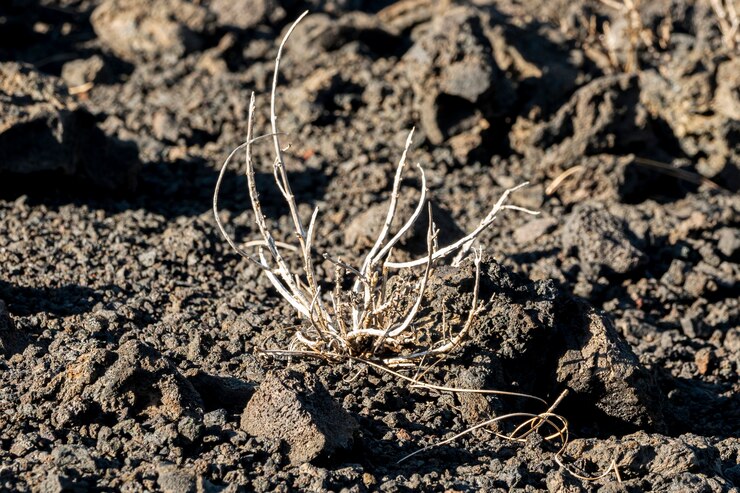
- Zinc Release and Soil pH:
- Galvanized steel releases zinc ions into the soil over time.
- The effect on soil pH varies based on factors like soil composition, exposure duration, and zinc concentration.
- Zinc ions can increase soil acidity (lower pH) or help balance pH in alkaline soils.
- Plant Considerations:
- Some plants thrive in neutral or alkaline soil conditions.
- Acid-loving plants benefit from slightly acidic soil.
- Choose plants that align with the altered pH levels caused by galvanized steel.
- Mitigation Strategies:
- Regularly monitor soil pH levels.
- Implement soil amendments as needed to maintain a suitable pH.
- Assess existing soil conditions before setting up galvanized steel garden beds.
Remember, informed decisions and proper care will lead to a successful garden! 🌱🌿🌼Additionally, there are steps that can be taken to mitigate any potential negative effects, such as periodically monitoring the soil pH levels and implementing appropriate soil amendments to maintain a suitable growing environment for the plants.
How to Properly Prepare Galvanized Steel Garden Beds
Preparing galvanized steel garden beds is an important step to ensure their longevity and optimal performance. Before setting up your garden beds, it is essential to clean the galvanized steel surface thoroughly.

- Remove Debris: Begin by gently brushing off any dust, dirt, or debris from the surface of the galvanized steel. This ensures proper adhesion of subsequent coatings.
- Inspect for Rust or Corrosion: Examine the steel for signs of rust or corrosion. If you find any areas where the galvanized coating has been compromised, address them promptly.
- Remove Rust: Use a wire brush or sandpaper to remove rust or loose zinc particles from affected areas. Ensure the surface is clean and free from rust.
- Apply Rust-Resistant Primer or Paint: Consider applying a layer of rust-resistant primer or paint. This provides an additional barrier against corrosion and helps prolong the lifespan of your garden beds.
Remember to follow safety precautions while handling tools and chemicals. With proper care, your galvanized steel garden beds will remain durable and protected! 🌱🛠️
Alternative Materials for Garden Beds
When it comes to choosing materials for your garden beds, there are a variety of options to consider. While galvanized steel is a popular choice due to its durability and longevity, it may not be the best fit for everyone. Luckily, there are several alternative materials that can offer similar benefits.
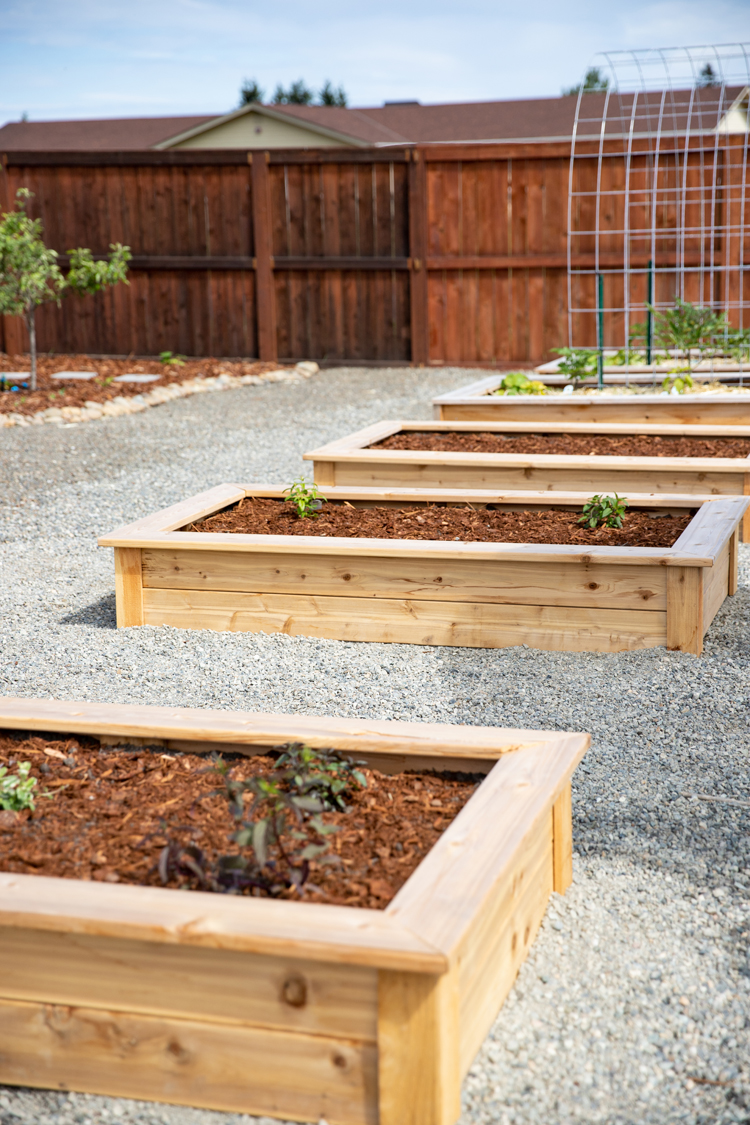
- Untreated Wood
- Natural and readily available option that can be customized to fit any garden bed size or shape.
- Cedar is a popular choice due to its natural resistance to rot and insects.
- More environmentally friendly than galvanized steel, as it doesn’t require energy-intensive manufacturing.
- Note: Wood has a limited lifespan and may require replacement or treatment over time.
- Recycled Plastic
- Made from reclaimed plastic materials, offering durability and sustainability.
- Available in various styles and sizes, suitable for any gardening project.
- Lightweight, easy to assemble, and requires minimal maintenance.
- Does not leach harmful chemicals into the soil, making it safe for growing edible plants.
- Caution: Ensure to choose recycled plastic beds from reputable manufacturers to ensure safety standards are met.
Conclusion
Untreated wood and recycled plastic offer viable alternatives to galvanized steel for garden beds. Each material provides durability, customization, and sustainability, catering to different gardening needs and preferences. By considering these options, gardeners can prioritize environmental consciousness and safety while creating the perfect gardening setup.
Tips for Maintaining Galvanized Steel Garden Beds
To ensure the longevity and optimal performance of your galvanized steel garden beds, proper maintenance is essential. Here are a few tips to help you keep your beds in top shape:
1. Regular Inspection: Periodically check your galvanized steel garden beds for any signs of wear or damage. Look out for rust spots, cracks in the coating, or loose joints. Catching these issues early on can prevent further damage and allow for timely repairs.
2. Cleaning: Keeping your garden beds clean is crucial for preventing the buildup of debris and contaminants. Regularly remove any leaves, dirt, or plant residues that may accumulate on the surface. For stubborn stains or grime, a non-abrasive cleaner and a soft brush can be used, ensuring you rinse thoroughly afterward.
3. Avoid Harsh Chemicals: When cleaning or treating your galvanized steel garden beds, it’s important to avoid using harsh chemicals. Acidic cleaners, bleach, or ammonia-based products can corrode the galvanized coating and compromise its protective properties. Instead, opt for mild, eco-friendly cleaners that are safe for both your plants and the galvanized steel surface.
4. Rust Prevention: Although galvanized steel is highly resistant to rust, it’s still important to take preventive measures. Applying a layer of clear acrylic sealant specifically designed for galvanized surfaces can offer an additional barrier against moisture and environmental factors. Also, consider using galvanized touch-up paint to cover any areas where the coating may have been compromised.
5. Proper Drainage: Adequate drainage is crucial for maintaining the integrity of your galvanized steel garden beds. Make sure the beds are properly elevated and that excess water can freely drain out. This will prevent any standing water from accumulating and potentially causing damage to the galvanized coating.
By following these maintenance tips, you can significantly prolong the lifespan of your galvanized steel garden beds and ensure they continue to provide a sturdy and reliable foundation for your plants. Remember, a well-maintained bed not only enhances the aesthetics of your garden but also contributes to the overall health and productivity of your plants.
Studies and Research on the Safety of Galvanized Steel in Gardening
Galvanized steel garden beds have become increasingly popular among gardening enthusiasts for their durability and longevity. However, concerns about the safety of using galvanized steel in gardening have led to numerous studies and research to address these potential risks.
- Zinc Leaching: The University of California study found that galvanized steel garden beds can leach small amounts of zinc into the soil. However, these levels remain within an acceptable range for plant growth. Proper soil pH maintenance further reduces any health risks associated with zinc leaching.
- Heavy Metal Release: The Journal of Environmental Quality study investigated the release of heavy metals (such as cadmium and lead) from galvanized steel. Their conclusion was that, under normal gardening conditions, the risk of heavy metal contamination from galvanized steel beds is negligible.
These studies and research provide valuable insights into the safety of using galvanized steel in gardening. While there are slight concerns about zinc leaching and heavy metal contamination, proper soil management and regular maintenance can mitigate these risks. As with any gardening material, it is important to consider these factors and make informed decisions to ensure the health and well-being of your plants.
Signs of Corrosion and Rust in Galvanized Steel Garden Beds
When it comes to galvanized steel garden beds, one of the main concerns is the possibility of corrosion and rust. Galvanization is meant to provide a protective coating to the steel, but over time, this coating can deteriorate, leading to the formation of rust. Signs of corrosion and rust in galvanized steel garden beds are not only unsightly but can also compromise the structural integrity of the beds.

- Reddish-Brown Patches: Rust appears as reddish-brown patches on the surface of galvanized steel. These patches can spread and deepen over time, leading to metal breakdown.
- Texture Changes: Corroded areas may become rough or pitted. Pay attention to any changes in texture, as they indicate damage.
Remember to inspect your garden beds regularly and address rust issues promptly to maintain their longevity! 🌱🛏️
Precautions to Take When Using Galvanized Steel Garden Beds
When using galvanized steel garden beds, it is important to take certain precautions to ensure a safe and successful gardening experience.
Galvanized steel has higher heat conductivity, causing soil inside beds to heat up quickly during hot summer months.
To prevent damage to plant roots, provide shade or use reflective material to cover beds, especially during peak sunlight hours.
Regularly monitor soil moisture levels and provide appropriate irrigation to regulate temperature and prevent overheating.
Galvanized steel coating may break down over time, releasing zinc particles into the soil.
While zinc is essential for plants, excessive levels can be harmful.
Monitor soil pH and zinc levels regularly to prevent toxicity.
If high zinc levels are detected, adjust soil pH or consider alternative materials for garden beds.
Avoid growing edible crops directly in galvanized steel beds to minimize the risk of consuming high levels of zinc.
Being aware of the potential risks associated with galvanized steel garden beds, such as overheating and zinc toxicity, is crucial for maintaining healthy plants and ensuring safety. By implementing these precautions and regularly monitoring soil conditions, gardeners can mitigate risks and enjoy the benefits of using galvanized steel in their gardening endeavors.
| Precautions When Using Galvanized Steel Garden Beds | Precautionary Measures |
|---|---|
| 1. Wear Protective Gear | – Gloves: Wear gloves when handling galvanized steel to protect your hands. |
| – Long Sleeves and Pants: Wear long sleeves and pants to minimize skin contact. | |
| 2. Avoid Contact with Eyes and Mouth | – Eye Protection: Wear safety goggles or glasses to protect your eyes. |
| – Avoid Touching Face: Avoid touching your face while working with galvanized steel. | |
| 3. Proper Ventilation | – Work in Well-Ventilated Areas: Use galvanized steel outdoors or in well-ventilated spaces. |
| – Avoid Confined Spaces: Avoid working in confined spaces without proper ventilation. | |
| 4. Avoid High Heat Sources | – Avoid Welding: Avoid welding or cutting galvanized steel without proper respiratory protection. |
| – Avoid Open Flames: Keep galvanized steel away from open flames or high heat sources. | |
| 5. Planting Considerations | – Use a Barrier: Consider using a barrier (such as a geotextile) between soil and the galvanized steel. |
| – Monitor Soil pH: Regularly monitor soil pH, as galvanized coatings may affect it over time. | |
| 6. Regular Inspection for Wear and Damage | – Check for Wear: Regularly inspect the galvanized steel for signs of wear, rust, or damage. |
| – Address Issues Promptly: Address any issues promptly to maintain the integrity of the material. | |
| 7. Safe Handling and Disposal | – Proper Disposal: Dispose of damaged or replaced galvanized materials properly. |
| – Recycle Responsibly: If recycling, follow local regulations for proper recycling procedures. |
Expert Opinions and Recommendations on Galvanized Steel Garden Beds
Galvanized steel garden beds have gained popularity among gardening enthusiasts due to their numerous benefits and durability. Expert opinions and recommendations on the use of galvanized steel garden beds further solidify their reputation as a reliable gardening solution.
- Renowned horticulturist Dr. Jane Summers states, “Galvanized steel garden beds offer excellent corrosion resistance, ensuring longevity and stability for your plantings.
- The zinc coating on the steel protects against rust and degradation, making it an ideal choice for long-term gardening projects.” Dr. Summers emphasizes the importance of selecting high-quality galvanized steel beds from reputable suppliers to ensure the safety and reliability of the product.
- In line with Dr. Summers’ viewpoint, hydroponics expert Mark Johnson adds, “Galvanized steel garden beds are a cost-effective option that requires minimal maintenance.
- Their sturdy construction prevents warping and bending, providing a stable framework for plants.
- Additionally, the reflective surface of galvanized steel can help enhance sunlight absorption, promoting better growth and yield.”
- Mr. Johnson suggests regular inspection and cleaning of the beds to remove any debris or potential contaminants, ensuring optimal conditions for a successful gardening experience.
Real-Life Experiences and Testimonials of Gardeners Using Galvanized Steel Beds
Gardening enthusiasts have been increasingly turning to galvanized steel beds for their gardens, and many of them have reported positive experiences and impressive results.
Sarah Thompson’s Experience:
- Durability: Sarah’s galvanized steel beds have remained sturdy and rust-free for several years.
- Soil Temperature Regulation: The galvanized coating helped regulate soil temperature, creating an ideal environment for plant growth.
- Overall Satisfaction: Sarah expressed satisfaction with the longevity and practicality of using galvanized steel beds in her backyard.
Michael Ramirez’s Testimonial:
- Convenience and Ease of Maintenance: Michael found galvanized steel beds to be convenient and low-maintenance, requiring minimal upkeep.
- Resistant to Pests and Insects: The galvanized coating made the beds resistant to pests, reducing the need for chemical treatments.
- Promotion of Organic Gardening: Michael prioritized organic and environmentally friendly practices with galvanized steel beds.
- Recommendation: Based on his positive experience, Michael highly recommended galvanized steel beds to fellow gardeners seeking long-lasting and low-maintenance options.
These real-life experiences and testimonials from gardeners demonstrate the practical advantages of using galvanized steel beds. As we delve further into this article, we will explore the science behind these benefits and address other important considerations to help gardeners make informed decisions. So, if you’re considering galvanized steel beds for your garden, keep reading to gather all the necessary information before making your choice.
For more information watch the video:
FAQ
How long do galvanized steel garden beds typically last?
Galvanized steel garden beds are known for their durability and can last for several decades with proper maintenance.
Can the galvanization coating on steel beds affect the pH of the soil?
Yes, the galvanized coating can slightly increase the pH of the soil. It is important to monitor the pH levels and make adjustments if necessary.
Are there any alternative materials that can be used instead of galvanized steel for garden beds?
Yes, there are several alternative materials such as cedar, redwood, and composite wood that can be used as alternatives to galvanized steel for garden beds.
How should I prepare galvanized steel garden beds before using them?
Before using galvanized steel garden beds, it is recommended to wash them with water and mild soap to remove any residue or contaminants. Additionally, it is advised to let them dry thoroughly before filling them with soil.
What are the signs of corrosion or rust in galvanized steel garden beds?
Signs of corrosion or rust in galvanized steel garden beds may include the appearance of reddish-brown spots, flaking or peeling of the galvanized coating, or weakened and brittle metal.
Are there any potential health risks associated with using galvanized steel garden beds?
While galvanized steel is generally considered safe for gardening, there may be potential health risks if the galvanized coating is damaged and the underlying steel is exposed. It is advisable to take precautions such as wearing gloves and ensuring proper ventilation when working with galvanized steel.
What are some common uses of galvanized steel in gardening?
Galvanized steel is commonly used for garden beds, raised planters, trellises, fencing, and other outdoor structures in gardening.
Are there any studies or research on the safety of galvanized steel in gardening?
Yes, there have been studies conducted on the safety of galvanized steel in gardening, which have generally found it to be safe for use. However, it is always recommended to stay updated on the latest research and follow best practices.
How should I maintain galvanized steel garden beds?
To maintain galvanized steel garden beds, regularly inspect them for any signs of rust or corrosion. If any areas are affected, clean and treat them with a galvanized steel rust inhibitor. Additionally, avoid using acidic fertilizers or soil amendments that may accelerate corrosion.
What precautions should I take when using galvanized steel garden beds?
When using galvanized steel garden beds, it is important to avoid direct contact between the steel and plant roots. This can be achieved by lining the bed with a geotextile fabric or placing a barrier such as plastic or wood between the soil and the steel.

Studied Agricultural Engineering-Plant Protection at University of California, Davis.
Head of Content writing team at Southelmontehydroponics.com

